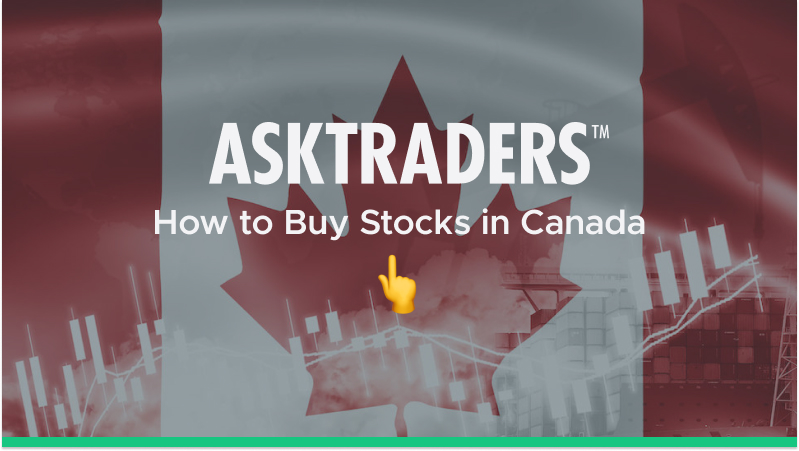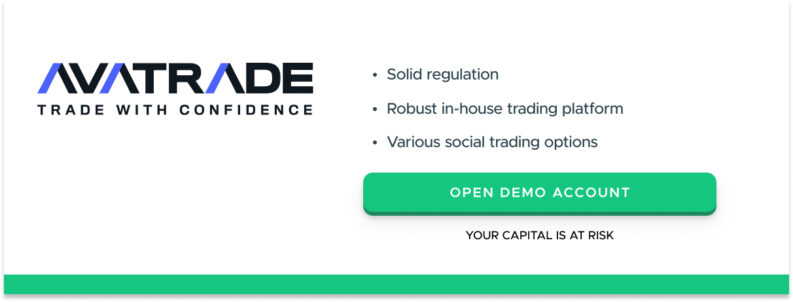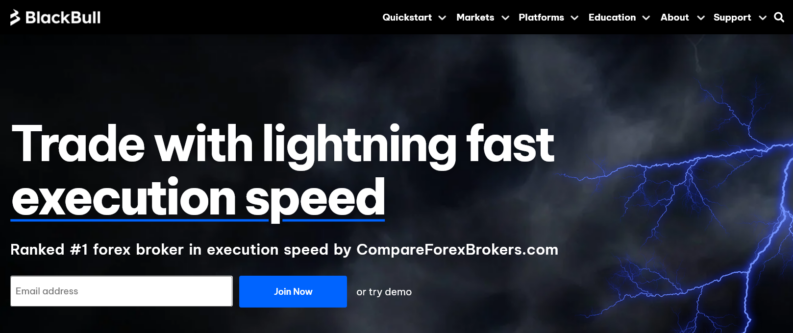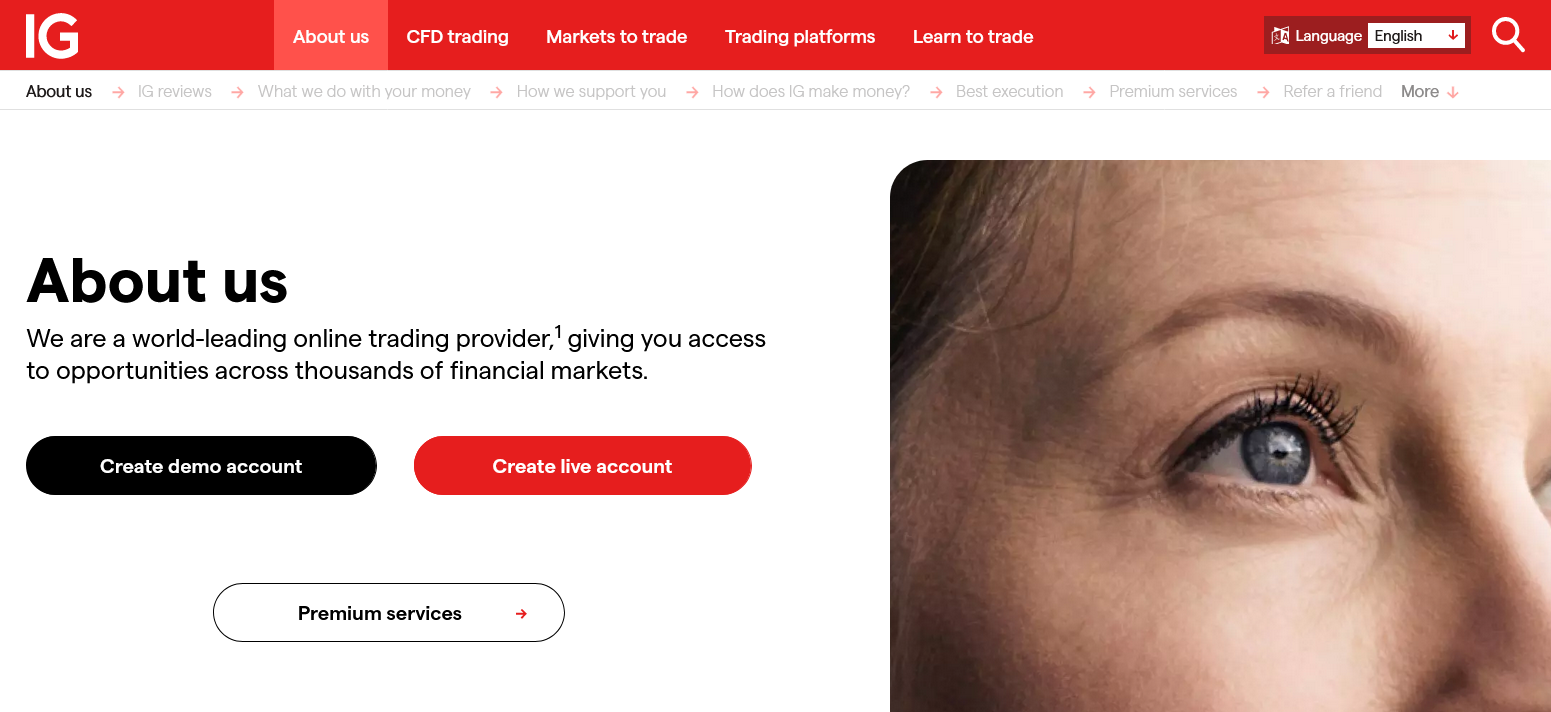Getting started buying stocks in Canada can seem like a daunting task at times. There are various platforms and aspects to consider, and all are extremely important to make sure you start off on the right footing.
YOUR CAPITAL IS AT RISK

Luckily this guide will take you through the process from start to finish in order to get your portfolio up and running.
Table of contents
Learn Where Canadian Stocks are Traded
First off, it's vital to understand the market(s) you are trading in. So, take time to familiarise yourself with Canada's different stock market exchanges where companies are bought and sold. The different Canadian exchanges are:
- Toronto Stock Exchange (TSX)
- TSX Venture Exchange (TSXV)
- Canadian Securities Exchange (CSE)
- Montreal Exchange
Toronto Stock Exchange (TSX)
Canada's leading stock exchange, the TSX, boasts a rich history dating back to 1861. Located in Toronto, Ontario, it serves as a central marketplace where investors can buy and sell shares of approximately 1,789 companies. The TSX offers a diverse mix of listings, spanning sectors like energy, mining, technology, and real estate. The total market capitalization of companies listed on TSX and TSXV is $3.5 trillion.
TSX Venture Exchange (TSXV)
The TSX Venture Exchange, or TSXV, finds its home in Calgary, Alberta. Originally established as the Canadian Venture Exchange (CDNX), it stemmed from the unification of the Vancouver and Alberta stock exchanges. TSXV extends its reach beyond Calgary with offices in Toronto, Vancouver, and Montreal. This exchange serves as a primary platform for smaller Canadian companies, boasting around 1,713 listings.
Canadian Securities Exchange (CSE)
The Canadian Securities Exchange (CSE) caters to smaller companies. Launched in 2003, it received official recognition from the Ontario Securities Commission in 2004. The CSE operates entirely electronically and has around 812 companies under its wing. Headquartered in Toronto, the CSE maintains a presence in Vancouver as well.
Montreal Exchange
The Montréal Exchange (MX) boasts the title of Canada's oldest exchange. It focuses on derivatives, offering contracts tied to equities, currencies (including options on the US dollar), indexes, and even interest rates (through bond and money market products). MX benefits from a global reach, with over 64 participants from major financial centers like London, New York, and Chicago directly connected to its electronic trading platform, contributing to its growing liquidity.
TSX 60 Chart
Research
As well as learning about the market you are investing and trading in, it is important to dig deeper and research the individual stocks and sectors you want to place your hard-earned cash into. Don't jump in blind! Consider assessing:
- How is the company doing financially?
- What is the industry like?
- Who runs the company?
- Who are their competitors?
- What is the company and industry growth Outlook?
- What are the potential headwinds?
There are also different types of investing you may wish to choose from. For example:
Dividend Investing: Investing in dividend-paying companies is a strategy that provides regular income for investors through payments called dividends.These dividends provide investors with a passive income. As with any type of investing, there are positives and negatives, but many big-name dividend-paying companies are seen as being more resilient during financial downturns. For more risk-averse investors, this may be an avenue to consider.
Growth Investing: For growth focused investors, capital appreciation is favoured over income focused companies. They look got companies with above-average growth potential, with the stock price of these companies expected to rise significantly over time. Growth investors generally seek out companies in emerging industries or those experiencing rapid expansion. These companies may reinvest most of their profits back into the business to fuel further growth, which may lead to lower or no dividends. Nvidia and many other artificial intelligence-focused names are examples of growth stocks.
Value Investing: This type of investing thrives on identifying hidden gems. This strategy targets stocks trading below their true worth, known as intrinsic value. Value investors look for stock prices that have strayed from a company's long-term fundamentals. These moves create buying opportunities, allowing investors to snap up stocks at discounted prices. Think Warren Buffett, Charlie Munger and Benjamin Graham, when it comes to value investing.
Placing an Order
When buying stocks, there are different order types you can choose from, with each executing the position in a different way:
Market order: A market order is straightforward. It is an instruction from you to the broker to buy the stock right away at the current price. Choosing a market order will generally mean your trade is executed quickly.
Limit order: A limit order is an instruction from you to the broker only to buy the stock or asset at a specific price or better. With a limit order, you set a restriction on the maximum price you want to pay for the stock.
Stop order: a stop order is an instruction to your broker to buy or sell a stock at a pre-specified price.
What to Consider Before Buying Canadian Stocks
Before you start buying shares of Canadian companies, it's important to understand the basics and prepare yourself. Here are some key aspects to keep in mind:
Taxes: If you make a profit buying Canadian stocks, it is important to be aware of the potential tax implications in your country. Some countries offer tax-free investing accounts, so it is important to utilise them where possible.
Risk Tolerance: Regardless of the asset or trader/investor, investing always carries some risk. Some stocks are more “risky” than others, so think about how comfortable you are with seeing the value of your investments go up and down before putting your money in. Depending on your risk tolerance, some investments may suit you more than others.
Set Goals: Consider what you want to achieve by investing. Are you saving for retirement, a down payment on a house, or just trying to grow your wealth over time? Understanding your goals will help you choose the right investment strategy and the types of stocks to invest in.
Holding Period: Have a strategy in place that defines how long you wish to hold your Canadian stocks. Maybe you have spotted a short-term opportunity that could result in a spike, in which case, you may hold the stock for only a short period. On the other hand, you may want to invest in well-established companies for the long term. However, don't expect to get rich quickly, and be prepared to ride out market ups and downs.
Diversify Your Portfolio: If you are more of a long-term investor, it is important to ensure you don't put all your eggs in one basket, Spread your investments across different companies and sectors (like technology, healthcare, or finance) to minimize your risk.
Don't Invest What You Can't Afford to Lose: It is essential to only invest money that you can afford to lose. Any cash you use to invest in Canadian stocks shouldn't be needed in the foreseeable future.
Canadian Stock Market Regulation
Canada has a robust regulatory framework to safeguard investors in the stock market. Here's a breakdown of the key elements:
Registered Dealers: You can only purchase and trade stocks via registered dealers, such as investment banks, discount brokers, or online trading platforms (of course, it is important to check beforehand that the broker you choose is registered and regulated in Canada). The registered dealers are regulated by the Canadian Securities Administrators (CSA) to ensure they meet strict competence and ethical standards.
Canadian Investor Protection Fund (CIPF): Canada has an Investor Protection Fund. This is a non-profit organization that provides limited coverage for eligible investment accounts in case a registered dealer becomes insolvent. It offers some protection for your cash and securities held by the dealer. The CIPF covered accounts for up to $1 million in shortfalls (This is the difference between what the insolvent company can return to the customer and the market value of the account).
Disclosure and Transparency: just as with other countries, publicly traded companies in Canada are obligated to comply with strict disclosure requirements. This ensures investors have access to accurate and timely information to make informed investment decisions.
Dispute Resolution Services: If an issue arises with your investment, you can seek recourse through the Investment Industry Regulatory Organization of Canada (IIROC) or the Mutual Fund Dealers Association of Canada (MFDA). These organizations offer alternative dispute resolution services to help resolve conflicts between investors and dealers.
Investment Industry Ombudsman (IIO): The IIO is an independent organization that offers a neutral forum for investors with unresolved complaints against IIROC-regulated dealers. They investigate complaints and attempt to reach fair resolutions.
In Canada, stock market regulation is a collaborative effort between several key organizations.
Sign Up For a Brokerage Account
In order to invest in stocks, you will need to have a brokerage account. If you prefer to invest by yourself, you can open a brokerage account online and buy and sell stocks on your own. However, always be aware of the potential fees. In addition, assess the type of account that best suits you. Take advantage of any tax-free accounts offered in your country. For example, if you are a Canadian resident, you should be able to sign up for a Tax-Free Savings Account (TFSA)
Away from relying solely on yourself, there is always an option to invest in the stock market with guidance from an experienced professional. To do this, you can work with a stockbroker or financial advisor. However, be aware that the fees will typically be higher if you choose this option.
Best Brokers to Buy Canadian Stocks
As we mentioned earlier, buying Canadian stocks requires a reputable broker. However, it can be tricky to pick the broker that best suits your trading/investing needs. However, we have picked out a few of the best platforms for you:
#1 AvaTrade

What We Liked:
- A global broker with a reputation for integrity and fairness.
- Good for novices, intermediate-level traders, and professional traders.
- Operating since 2006, but still has an appetite to continue innovating to improve client services.
- Winner of the #1 Innovation Award at the 2021 Forex Broker Awards.
- High quality multi-lingual customer service available 24/5.
#2 Blackbull
YOUR CAPITAL IS AT RISK
What We Liked:
- Traders will enjoy fast, reliable execution under actual ECN conditions
- The company supports a reasonably wide range of deposit and withdrawal methods
- They are a licensed and internationally regulated brand
- Traders get the advantage of a low minimum deposit, tight spreads, and a demo to practice

#3 Eightcap
YOUR CAPITAL IS AT RISK
What We Liked:
- Regulated entities in both Tier-1 and Tier-3 jurisdictions
- 800+ tradable assets are available for CFD trading in forex, shares, indices, commodities and cryptocurrencies.
- Tight spreads and low fee trading modes via two account classifications

#4 IG
YOUR CAPITAL IS AT RISK
What We Liked:
- Top-tier regulation
- Award-winning trading platform & apps
- Negative balance protection at zero extra cost
- Massive market range (17,000+)










